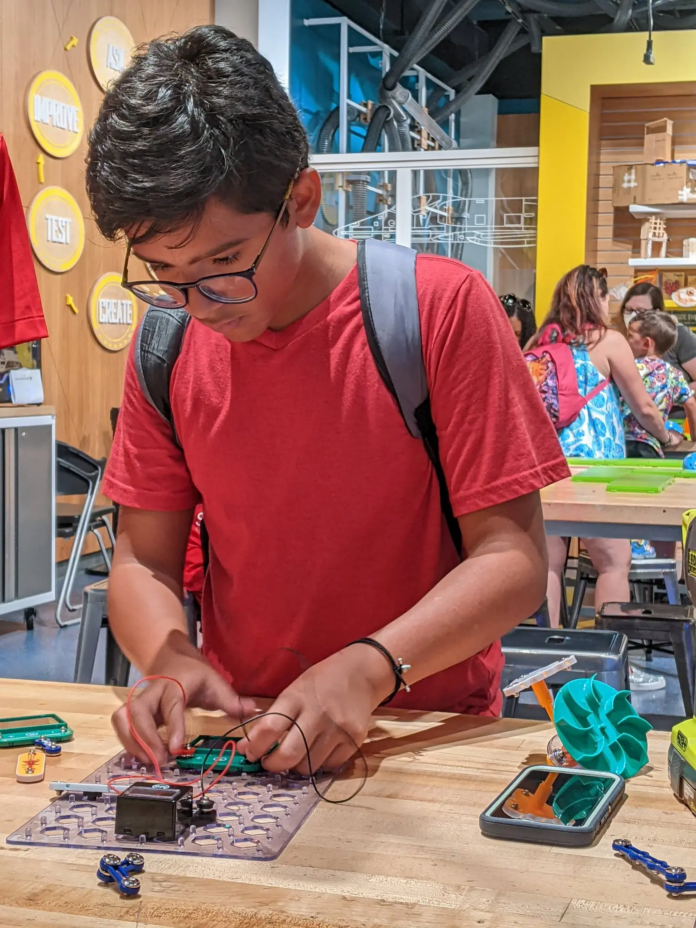Welcome to the new face of children’s museums in the United States. Once venues for younger children that provided rainy-day entertainment through exhibits and a scattering of hands-on activities, they’re expanding their scope by offering a breadth of learning and support for a broader age group. The most prominent examples include teaching concepts around STEM (science, technology, engineering and math) and STEAM (which includes arts), opening spaces dedicated to teenagers and helping with communication skills and mental health.
Children’s museums also were focused on a younger age group — infants to 8-year-olds, Mr. Affleck said. “The shift to creating more meaningful experiences began in the last decade,” he said, “with the most significant changes happening in the wake of the pandemic.”
KidSTREAM Children’s Museum, in Camarillo, Calif., near Malibu, opening late this year, has STREAM in its name as an acronym for science, technology, reading, engineering, arts and math, said the executive director, Michael Shanklin. “Our goal is to ingrain these concepts in children’s lives in creative ways,” he said.
Source: Vora, S. (2023, April 27). Children’s museums are growing intellectually and emotionally. The New York Times. https://www.nytimes.com/2023/04/27/arts/design/childrens-museums.html?searchResultPosition=6
Analysis: The road to hell is paved with good intentions. That is what I thought reading this article. The collective of kids’ science museums may be trying to get more mature and cover more topics that affect current children, but I think they personally shot themselves in the foot. It’s difficult to boast that they cater to children from toddlers to teens when you have to make all the exhibits accessible to anyone, which means working from the lowest common denominator. I think that there is something vital missing the mark for teens and older kids to be treated with more respect than a coloring book.




